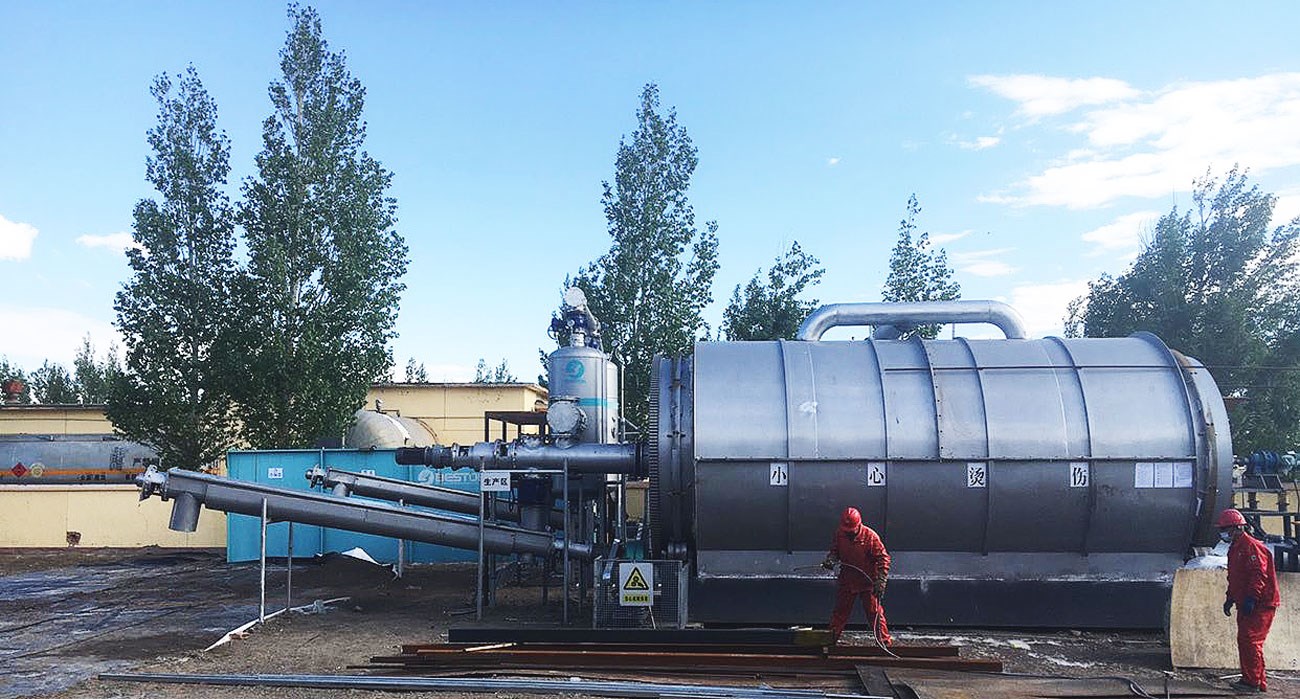3
0
0
How Much Should I Budget For Small scale pyrolysis of tyre?
52
Henan, China
0
The budget for a small-scale pyrolysis plant for tire recycling can vary depending on several factors, including the plant's capacity, technology, quality, and additional equipment or infrastructure requirements. While it is challenging to provide an exact figure without specific details, here are some cost considerations to help you budget for a small scale pyrolysis equipment:
Plant Capacity: The capacity of the pyrolysis plant is a crucial factor in determining the budget. Small-scale plants typically range from around 1 ton to 10 tons of tire input per day. As the plant's capacity increases, so does the cost of equipment and infrastructure.

Technology and Quality: The pyrolysis technology employed in the plant can influence its cost. Advanced and efficient technologies may have higher upfront costs but offer better performance, higher yields, and lower operating costs in the long run. Additionally, choosing a reputable manufacturer known for producing high-quality and durable equipment might require a higher investment initially but can result in better overall reliability and productivity.
Equipment and Infrastructure: The pyrolysis plant consists of various components, including the pyrolysis reactor, condenser system, oil and gas storage tanks, heating systems, and emission control devices. Each component contributes to the overall cost of the plant. Additionally, factors such as land acquisition or lease, site preparation, utilities (power, water), and labor should be considered.
Maintenance and Operational Costs: It's important to account for ongoing maintenance and operational costs when budgeting for a pyrolysis plant. This includes costs for regular maintenance, spare parts, labor, utilities, and waste disposal. Proper maintenance is essential to ensure the plant operates efficiently and maintains its productivity over time.
Regulatory Compliance: Depending on your location, there may be specific regulatory requirements and permits associated with operating a pyrolysis plant. It is essential to budget for any fees, inspections, or compliance measures necessary to meet environmental and safety standards.
Market Research and Business Planning: Before starting a pyrolysis project, conducting thorough market research and developing a comprehensive business plan are crucial. This includes evaluating the demand for pyrolysis oil, potential buyers, pricing, and marketing strategies. Allocating funds for market research, feasibility studies, and business consulting can contribute to the overall budget. View the tyre pyrolysis reactor design.
It is recommended to consult with experienced professionals or manufacturers in the field to obtain accurate cost estimates based on your specific requirements. Additionally, considering factors like return on investment, potential revenue streams, and long-term profitability can help determine the viability of your small-scale pyrolysis project.
Plant Capacity: The capacity of the pyrolysis plant is a crucial factor in determining the budget. Small-scale plants typically range from around 1 ton to 10 tons of tire input per day. As the plant's capacity increases, so does the cost of equipment and infrastructure.

Technology and Quality: The pyrolysis technology employed in the plant can influence its cost. Advanced and efficient technologies may have higher upfront costs but offer better performance, higher yields, and lower operating costs in the long run. Additionally, choosing a reputable manufacturer known for producing high-quality and durable equipment might require a higher investment initially but can result in better overall reliability and productivity.
Equipment and Infrastructure: The pyrolysis plant consists of various components, including the pyrolysis reactor, condenser system, oil and gas storage tanks, heating systems, and emission control devices. Each component contributes to the overall cost of the plant. Additionally, factors such as land acquisition or lease, site preparation, utilities (power, water), and labor should be considered.
Maintenance and Operational Costs: It's important to account for ongoing maintenance and operational costs when budgeting for a pyrolysis plant. This includes costs for regular maintenance, spare parts, labor, utilities, and waste disposal. Proper maintenance is essential to ensure the plant operates efficiently and maintains its productivity over time.
Regulatory Compliance: Depending on your location, there may be specific regulatory requirements and permits associated with operating a pyrolysis plant. It is essential to budget for any fees, inspections, or compliance measures necessary to meet environmental and safety standards.
Market Research and Business Planning: Before starting a pyrolysis project, conducting thorough market research and developing a comprehensive business plan are crucial. This includes evaluating the demand for pyrolysis oil, potential buyers, pricing, and marketing strategies. Allocating funds for market research, feasibility studies, and business consulting can contribute to the overall budget. View the tyre pyrolysis reactor design.
It is recommended to consult with experienced professionals or manufacturers in the field to obtain accurate cost estimates based on your specific requirements. Additionally, considering factors like return on investment, potential revenue streams, and long-term profitability can help determine the viability of your small-scale pyrolysis project.
Signatur